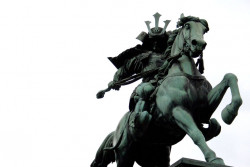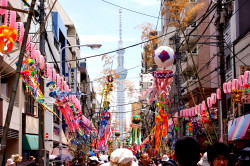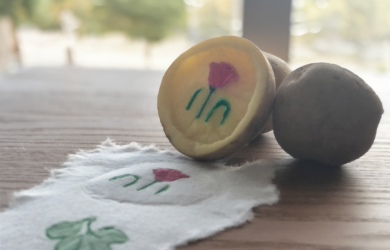
Originally published on metropolis.co.jp on July 2012



When planning an outdoor weekend away in Japan, Tokyo residents’ thoughts should light upon Nagatoro, known for its giddy range of scenic delights and adventure pursuits. Located close to the metropolis in Saitama Prefecture, its natural beauty and exhilarating activities are less than two hours away. The entire town is a designated prefectural natural park, with the gorgeous Arakawa River running through its middle. Here are a few of the delights in store, all year round.
NAGATORO IWADATAMI
At the side of the onrushing Arakawa River, rocks of up to 80 meters wide and 500 meters long lie splayed out. The formation resembles tatami, hence the name “Iwadatami,” meaning—you guessed it—“rock tatami.” Designated as Japan’s first scenic natural monument, the beautiful formation was created naturally by changes in the earth’s crust, combined with erosion from the river.

STEAM LOCOMOTIVE
The Nagatoro station building is a piece of civic history—it celebrated its 100th birthday last year. The building was constructed in 1911 to feature a Western-style structure that was the last word in modernity back then. The Paleo Express steam locomotive makes regular seasonal stops here.
☛ 529- 2 Nagatoro Nagatoromachi. Tel: 0494-66-0002. www.chichibu-railway.co.jp
RIVER BOATING
Board a traditional Japanese boat with an experienced boatman, and be punted by pole along the Arakawa River. The green and rocky Horaijima, along with the precipitous cliffs of Chichibu-Sekiheki—otherwise known as the “Red Walls of Chichibu” will satisfy your viewing pleasure. ”Enjoy the gorgeous river valley and the natural monument, Nagatoro Iwadatami, while being led through the powerful rapids by the boatman’s skillful paddling.
☛ Full course (6km) Adult ¥2,900/ Children ¥1,300. Half course (3km) Adult ¥1,550/ Children ¥750. Open: 9am-4pm.
Nagatoro Line-Kudari.Tel 0494-66-0950. www.chichibu-railway.co.jp/line

HODOSAN JINJA
At the foot of Mt. Hodo, this shrine was built almost 2,000 years ago in 110 CE. Many worshipers visit the shrine to pray for protection against disaster, theft, and hardships, so you can take the opportunity to take out some insurance. The dragon sculptures of the shrine’s main building are spread out in a variety of colors that come alive against the natural backdrop.
☛ 1828 Nagatoro Nagatoro-machi. Tel: 0494-66-0042. www.hodosan-jinja.or.jp

SEVEN FLOWER TEMPLES
The seven flowers of autumn are Japanese bush clover, Japanese pampas grass, arrowroot, fringed pink, golden lace, boneset, and balloon flower. These flowers have been adored for generations and are featured many times in the famous poems of the Man’yoshu anthology (“The Collection of Ten Thousand Leaves”). Tour the town on foot or by bike and visit each of these seven temples, each of which displays one of the flowers.
☛ Tosho-in; Dokoji; Henjoji; Fudou-ji; Shinshoji Temple; Hozenji; Tahoji. Nagatoro Tourist Information. Tel: 0494-66-3311. www.nagatoro.gr.jp
FUNADAMA MATSURI
This annual summer festival is held every year on August 15 in Nagatoro. Its origin lies in requesting that the gods of water protect the boatmen. The event features mantosen, which are boats that carry stacks of lanterns, and 3,500 fireworks from both banks on Arakawa River.
SHOTENGAI
Just near Nagatoro station you’ll find the old-fashioned street Iwadatami Dori, where you can immerse yourself in a ’60s atmosphere. Locally made soba, sweetfish broiled with salt, handmade manju (steamed buns) and omiyage are available at the nostalgic shopping district.







